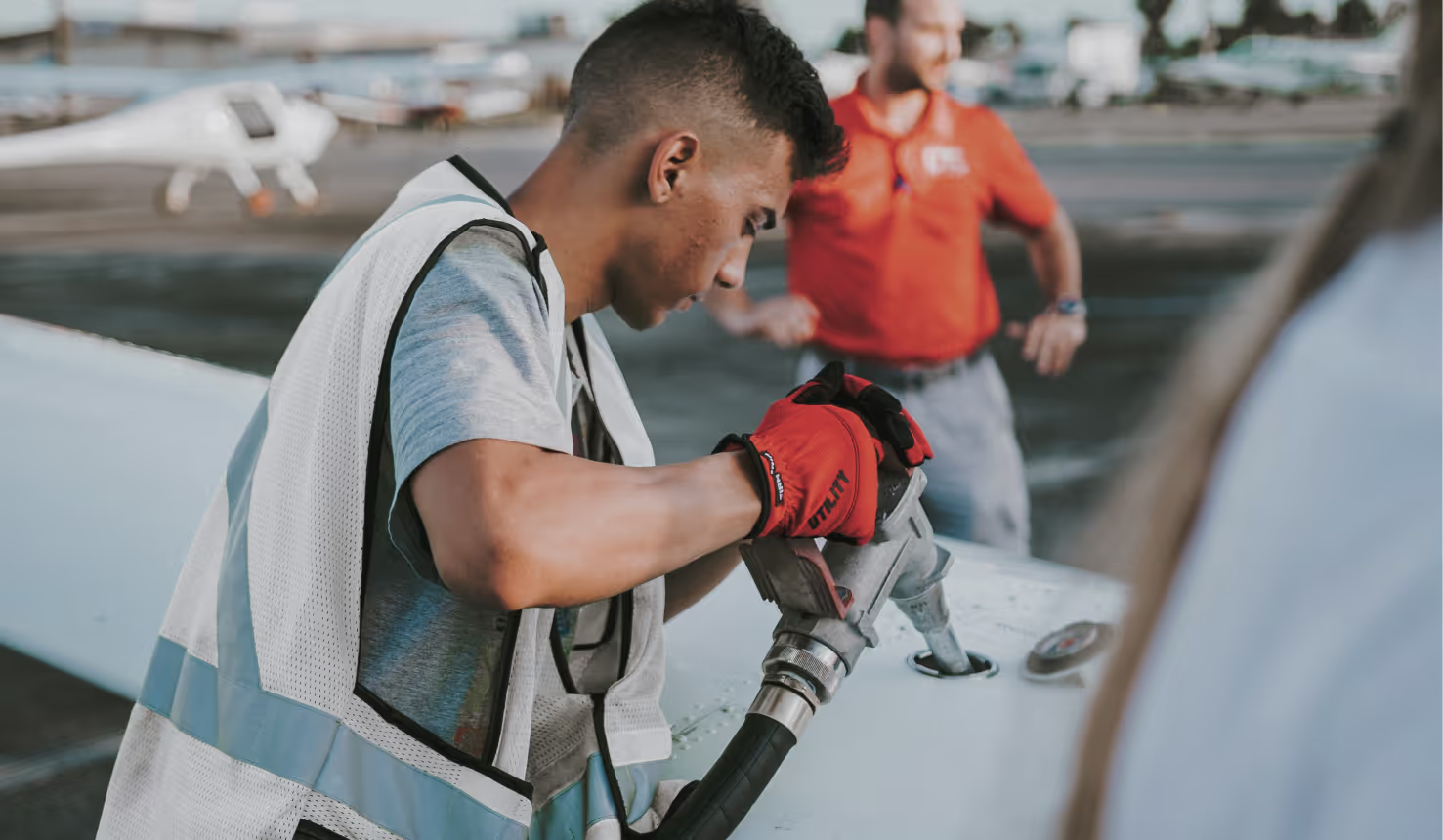Is SAF the future of sustainable aviation?

Join the community





Aviation contributes to 2.5% of global CO₂ emissions, increasing to 3.5% when considering non-CO₂ impacts on climate. To make flying more sustainable, the industry has been exploring Sustainable Aviation Fuel (SAF), which has less emissions than traditional fuel.
In November 2023, Virgin Atlantic Airways flew a Boeing 787 across the Atlantic in November using 100% SAF. This historic first showcased SAF's potential as a reliable substitute for traditional jet fuel after years of collaborative efforts.
What is SAF?
SAF is considered the aviation industry's bridge from fossil fuels to electric and hydrogen-powered aircraft. It is a biofuel that has similar properties to conventional jet fuel but with a smaller carbon footprint. A gallon of SAF emits between 50-80% less carbon dioxide than conventional jet fuel. Since its introduction in 2011, SAF has become vital for sustainable air transport.
Why aren’t we using more SAF?
The aviation industry is targeting net-zero carbon emissions by 2050. To reach net zero, the industry must meet its goal of reaching 2% use of SAF by 2025. However, in 2019, SAF accounted for only 0.1% of global jet fuel usage.
The main issue lies in high costs and low production. SAF uses waste products, like animal fats or french fry grease. The current availability of these raw materials may allow for a demonstration or pilot scale facility, but a commercial scale SAF facility would completely deplete the supply and cost billions of dollars.
What is being done to increase SAF usage?
Advancements in technology and policy changes are expected to enhance efficiency and reduce costs in the future.
In December 2023, the Biden administration unveiled the framework for promoting SAF. The proposal suggests offering subsidies for agricultural products used in sustainable aviation fuels. These products include soybean-based biofuels, animal fat-based diesel, and conventional ethanol.
Additionally, tax credits are designed to further promote sustainable aviation fuels. Each gallon of such environmentally friendly fuel is eligible for a tax credit of up to $1.75.
This, combined with the $297 million allocation from the Infrastructure Investment and Jobs Act (IRA) for the SAF program reduces financial risks associated with SAF production.
What lies ahead for SAF?
Countries, including the United States, are rushing to boost production of low-carbon jet fuels to not only meet climate targets but also to dominate a promising industry. The SAF industry is expected to create a demand for 36 billion gallons of fuel and 400,000 jobs.
While the industry is committed to reducing jet fuel pollution, effective government policies are essential for SAF growth. Long-term policy certainty is crucial to minimize investment risks, coupled with a focus on research, development, and commercialization of improved production technologies and sustainable feedstocks.
If things go as planned, more sustainable air travel may soon become a reality. As consumers, staying attuned to sustainability advancements like these helps us make informed choices while traveling and otherwise. To stay updated, download Commons and join our community of tens of thousands of people.












